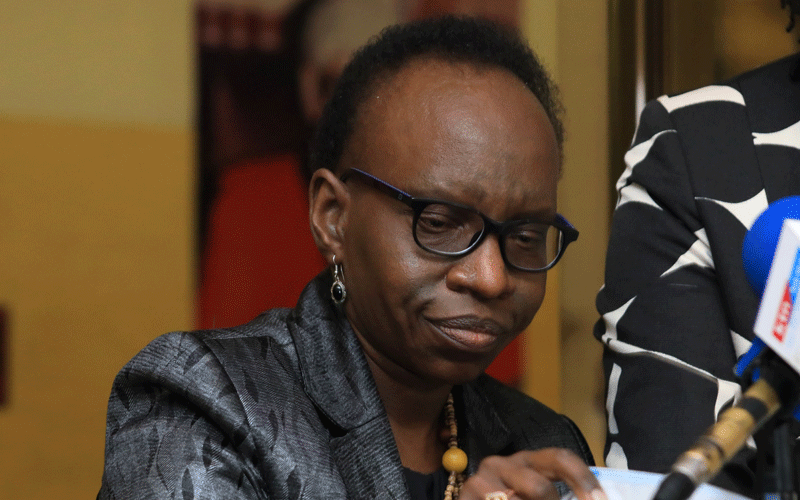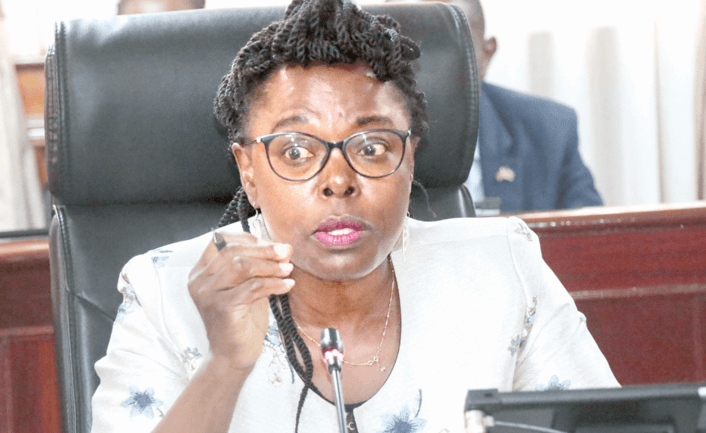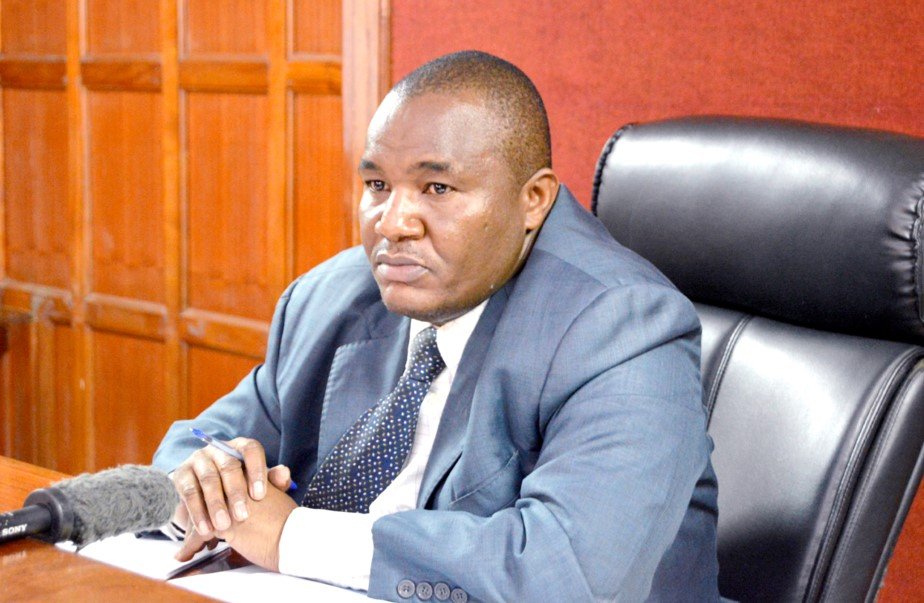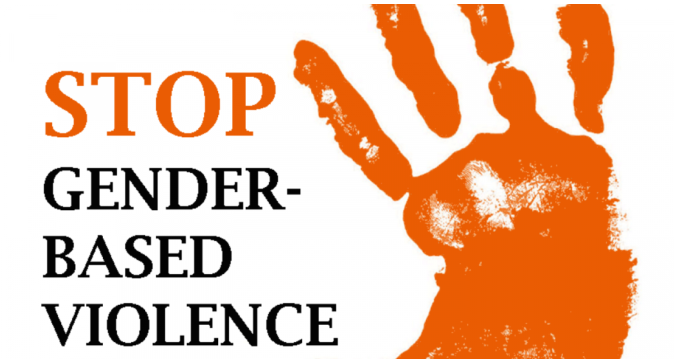Listen to warnings on piling public debt

The Controller of Budget has warned of a debt crisis if the country’s borrowing spree continues unabated.
Margaret Nyakang’o warns of distress if the trend of borrowing to satisfy budgetary needs continues. This is not baloney.
That Kenya faces a high risk of debt distress is obvious. A number of experts are on record saying as much.
As a result, the Treasury must move with speed to avoid a debt trap, which seems eminent going by knee jerk reactions pointing to a country running on empty.
For the nine months to September 30, 2020, Kenya has been in the market for a whopping Sh1.11 trillion.
Conservative estimates say public debt has surpassed Sh8 trillion, but could soon hit Sh11 trillion after Kenya bowed to International Monetary Fund pressure to include the Sh3.4 trillion parastatals and counties loans into the country’s national debt portfolio.
Amid dwindling tax revenue, a widening budgetary deficit and soaring expenditure, coupled with Covid-19 pandemic shocks, servicing the loans has become a tall order.
The writing is on the wall after Kenya accepted a much-needed reprieve from creditors when the Paris Club accepted Kenya’s request for a debt-servicing suspension from January to the end of June.
While this gives Treasury some headroom to redirect funds meant to repay the debt to cushion the economy against Covid-19 related agenda, six months is such a short time to put its house together.
Furthermore, the Paris Club wants Kenya to get similar commitments from other lenders, which brings us to the elephant in the room.
As Kenya continues to gobble up credit, a huge chunk of it is from China leading to concerns this could compromise the country’s sovereignty, to which, something must give.
Hopefully, Kenyan lawmakers will quickly close debate on legislation to halt excessive government borrowing, deepen due diligence on debt-funded projects through the Public Debt Management Authority Bill (2020), which seeks to establish an independent state agency to review the purposes for all borrowing proposals and the feasibility of the loans.
If this happens, at least, it shall be a one-stop-shop for all loans advanced to the national and county may bring some sanity to the growing appetite for loans.
Lastly, the rationale of more debt amid declining tax revenue collections, a widening budget deficit and soaring expenditure must make economic sense if what the country targets is sustainable growth.















